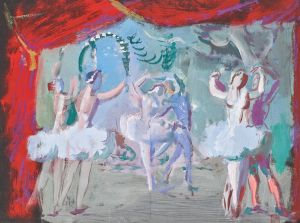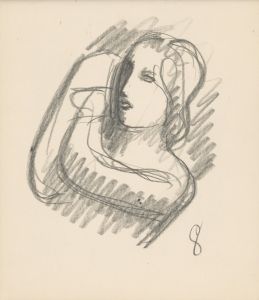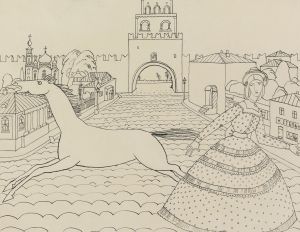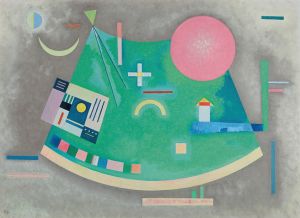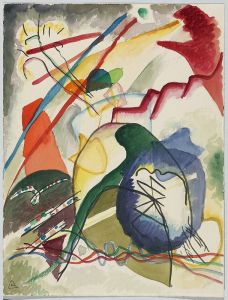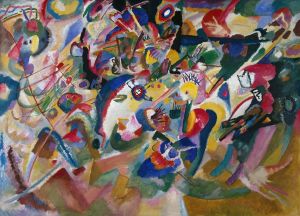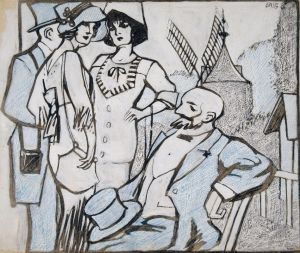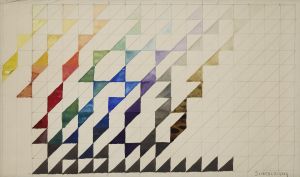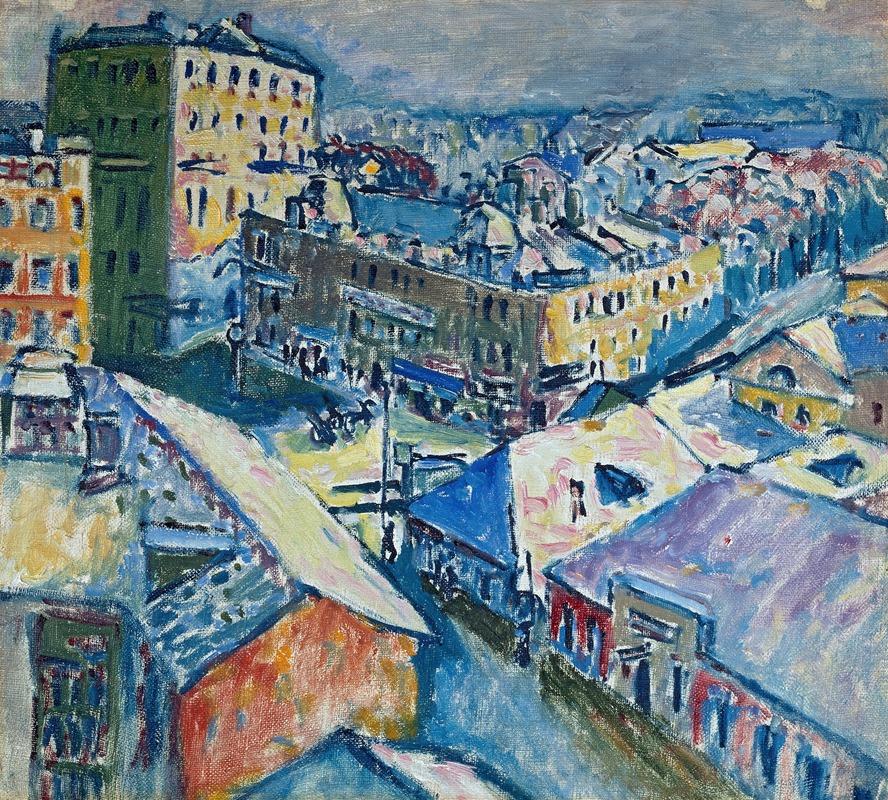
Zubovsky Platz
A hand-painted replica of Wassily Kandinsky’s masterpiece Zubovsky Platz, meticulously crafted by professional artists to capture the true essence of the original. Each piece is created with museum-quality canvas and rare mineral pigments, carefully painted by experienced artists with delicate brushstrokes and rich, layered colors to perfectly recreate the texture of the original artwork. Unlike machine-printed reproductions, this hand-painted version brings the painting to life, infused with the artist’s emotions and skill in every stroke. Whether for personal collection or home decoration, it instantly elevates the artistic atmosphere of any space.
Wassily Kandinsky's painting Zubovsky Platz (also referred to as Zubovskaya Square) is a work created during the artist's early career, reflecting his transition from representational art to abstraction. Painted in 1914, the artwork captures the bustling urban environment of Zubovsky Square, a notable location in Moscow, Russia. This period in Kandinsky's life was marked by his exploration of color, form, and composition, which would later define his contributions to abstract art.
The painting is considered part of Kandinsky's experimentation with the expressive potential of color and line, a hallmark of his artistic philosophy. In Zubovsky Platz, Kandinsky employs a semi-abstract style, blending recognizable urban elements with dynamic, vibrant shapes and hues. The work reflects his interest in the emotional and spiritual resonance of visual elements, a concept he elaborated on in his theoretical writings, such as Concerning the Spiritual in Art (1911).
Kandinsky's return to Russia in 1914, after years spent in Munich, Germany, influenced the themes and settings of his works during this time. Zubovsky Platz is one of several paintings that depict the urban and cultural atmosphere of Moscow, a city that played a significant role in his artistic development. The painting captures the energy and movement of the square, using bold colors and fragmented forms to convey a sense of dynamism.
While Zubovsky Platz is not as widely discussed or reproduced as some of Kandinsky's later abstract masterpieces, it remains an important example of his evolving style during a pivotal moment in his career. The painting demonstrates his growing departure from traditional representation and his increasing focus on abstraction as a means of expressing inner emotions and universal truths.
The current location of Zubovsky Platz is not widely documented, and it is not among Kandinsky's most frequently exhibited works. However, it holds historical significance as part of his early explorations that would eventually lead to his role as a pioneer of abstract art.





